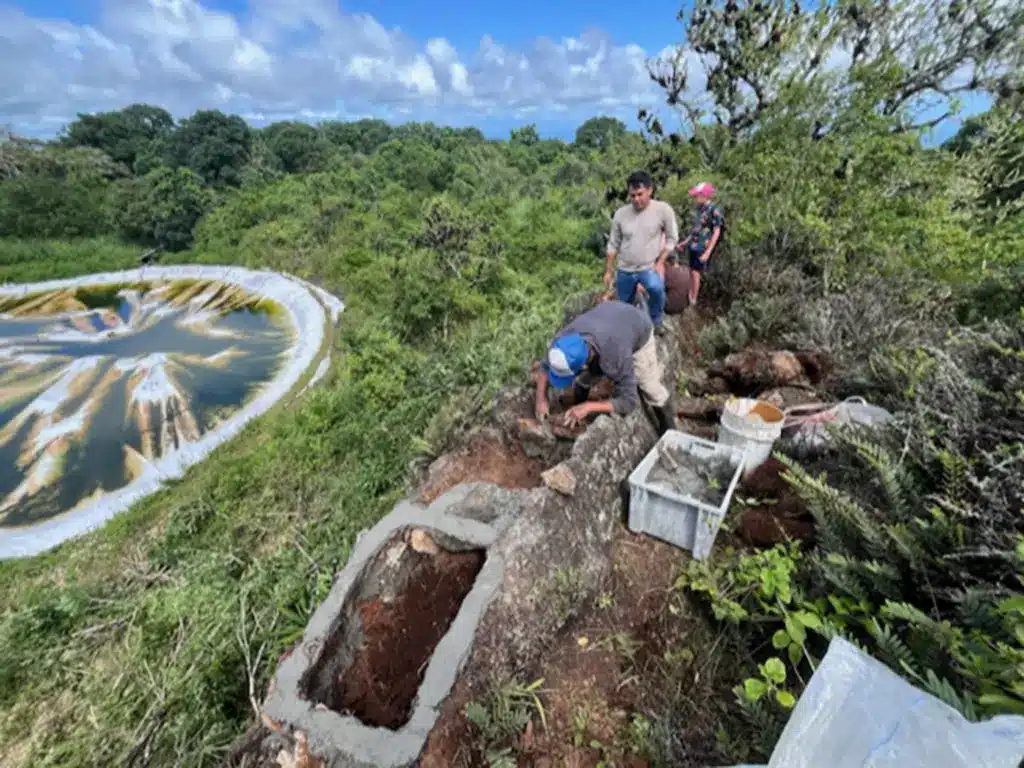Nesting Sites for the Galápagos Petrel
The Galápagos Petrel (Pterodroma phaeopygia) is a critically endangered seabird that returns annually to the highlands of islands like Santa Cruz and Floreana to nest in volcanic soil. Their nesting sites are increasingly threatened by invasive species and livestock activity.

We are building secure artificial nesting boxes near agricultural zones, helping protect eggs and chicks while involving local communities in long-term conservation efforts.
This project represents our first step in tangible conservation and is made possible through the collaboration of farmers, park rangers, and research institutions.
Endemic
Once grouped with the Hawaiian Petrel and known as the “Dark-rumped Petrel,” the Galapagos petrel (Pterodroma phaeopygia) was recognised as a distinct species by the American Ornithologists’ Union (AOU) in 2002, following genetic, vocal, and behavioural studies including Browne et al. (1997). The Galapagos petrel retained the name Pterodroma phaeopygia, while its Hawaiian counterpart was reclassified as Pterodroma sandwichensis.
Petrels on different islands show slight differences in seasonal timings and behaviour, which some scientists are studying for potential future taxonomic significance.
Note: Some older sources refer to the Galapagos Petrel as Pterodroma galapagensis. However, the currently accepted scientific name is Pterodroma phaeopygia, as recognized by the IUCN, and other leading taxonomic authorities.

Why Petrels Matter
Galapagos petrels aren’t just interesting because they’re rare. They play a key role in island ecology by transporting marine nutrients inland, much like giant tortoises do in reverse. As indicators of ocean health, their presence tells us something larger about the state of the islands’ ecosystems.
